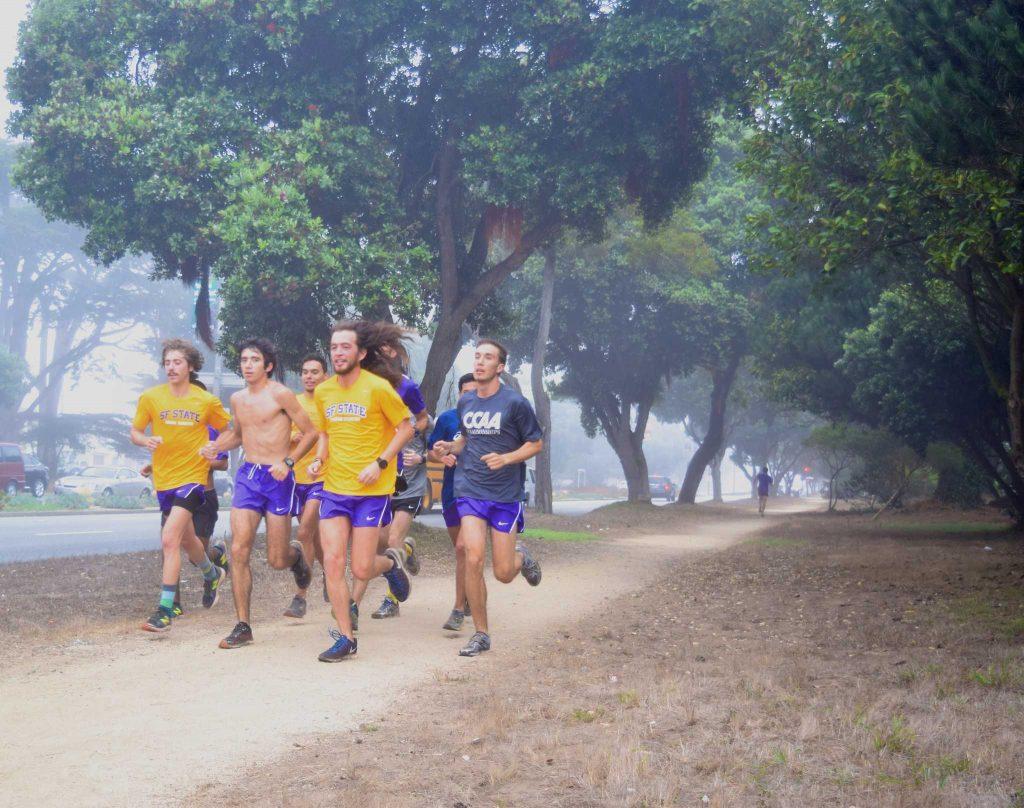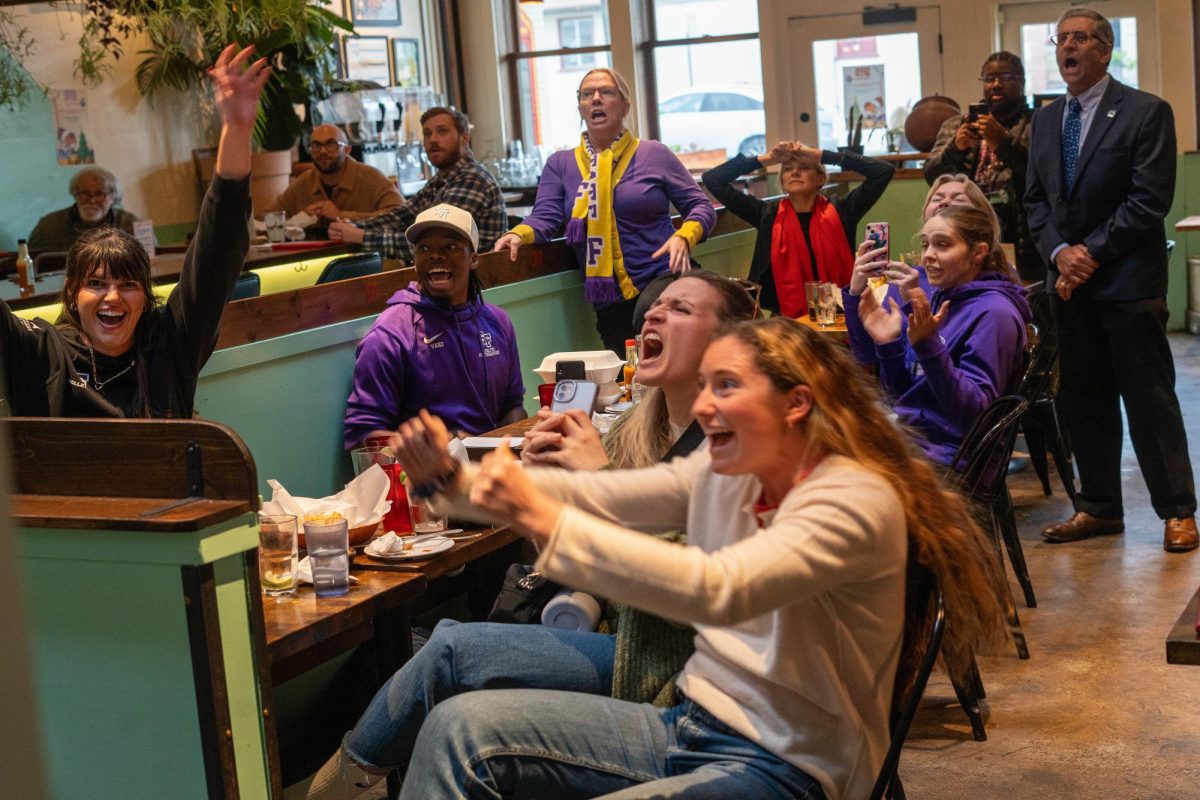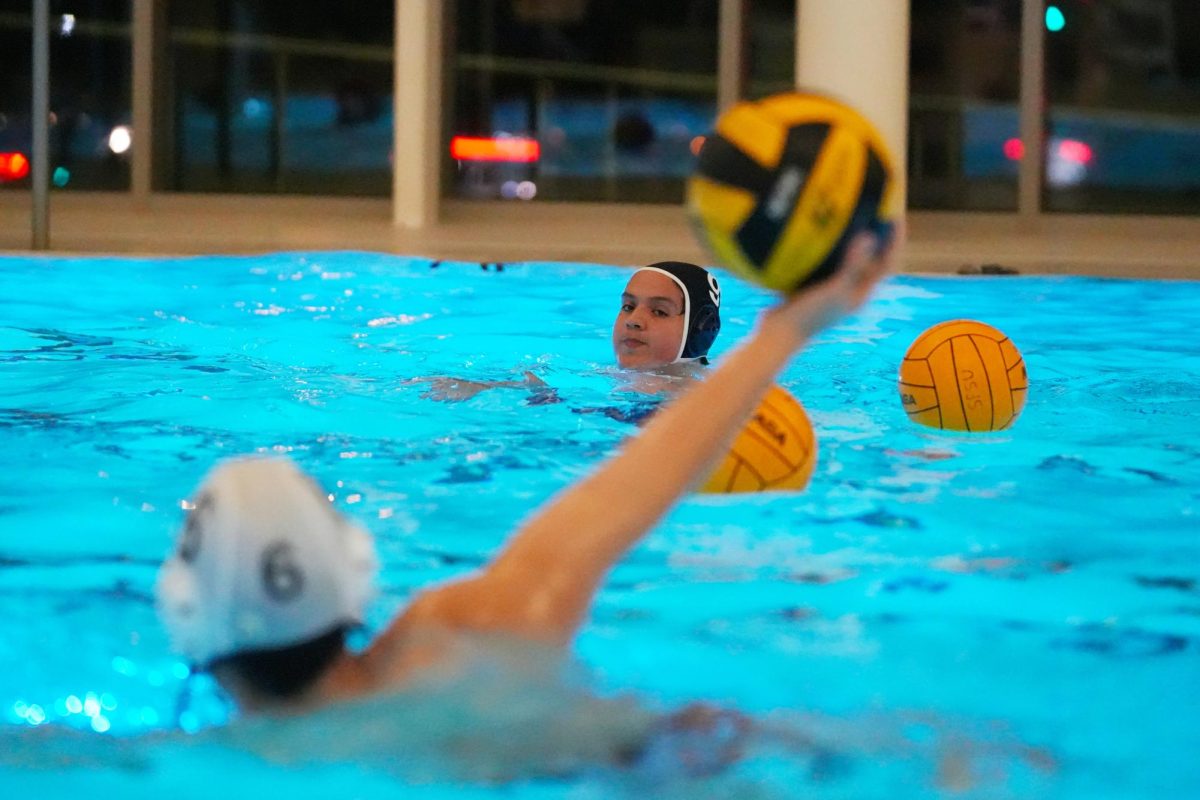With Runner’s World magazine recently ranking San Francisco the number one city to run in America, it is no wonder why there have been an increase of organized runs throughout the Bay Area.
“I never thought that running would become such a big thing,” SF State Men’s cross country assistant coach David Urista said.
Urista said since obstacle and fun races like Tough Mudder and Spartan Race have become popularized through social media, running has become more prevalent within the San Francisco community.
“I think it’s a good idea to have more 5Ks and 10Ks,” SF State women’s top cross-country runner Adriana Calva said. “The more people that join in will bring more awareness to running.”
Creating this awareness of running and giving the running community a voice is what prompted Leonard Adler to found SFRuns.com, a website dedicated to listing runs throughout the Bay Area and providing resources to help new runners get started in training for these runs.
Adler, who is also a dedicated running coach, said running is one of the most accessible activities to get into.
“It’s in our human DNA,” Adler said.
Sophomore cross-country runner, Austin Magin, agreed running is one of the easiest activities to get involved in.
“Any person can get into running as long as they are committed,” Magin said.
Calva said this commitment starts with simply getting out and running, no matter what.
“Even I sometimes don’t want to run,” Calva said. “I think the hardest part of a run is getting out the door, but then as soon as you finish the run it is so worth it. You don’t ever regret going out for a run.”
Both Magin and Calva said consistency plays a big role in training as well.
Once a new runner has established a consistent running schedule, Adler said the next step is building endurance.
“Running is not like cramming for an exam,” Adler said. “You have to start running something manageable and then gradually build on that.”
Magin said finding a manageable distance and speed is an individual process.
“You know your body more than anyone else and you know when you’re tired,” Magin said. “No watch or any type of equipment is going to tell you how you feel.”
Urista agreed that gradual progression is also an important practice to prevent injury or burning out.
“When you are first starting out you don’t want to exert yourself to the point where you injure yourself,” Urista said. “You want to tread the waters.”
Urista works for Nike and assists in running a Nike running group in San Francisco. Urista said the socializing aspect of running is just as important as the individual.
“A lot of people come because they see familiar faces, and they would rather run with people,” Urista said.
Running with a group is also a good way to get started in training for a race, said Adler, who hosts free community runs through his website.
“At times there may be people who feel a little intimidated or uncomfortable about running,” Adler said. “So we communicate that this is a place where if you are new to running, you are welcome.”
For Calva, the process for training for a race is just as much mental as it is physical.
“Always go on a run that is a little bit longer than a 5K,” Calva said. “Then when you go to run the 5K you think ‘well I’ve already run more than this, so I can easily run a 5K’.”
The runners agree that an important aspect of training is making the journey fun.
“Just have fun, if you’re having fun you’re going to want to progress more,” Magin said.
“I tell those getting into running to enjoy it,” Urista said. “If you want to do it, then you have to enjoy it first.”
As for pre-race day advice, Magin says to eat a healthy meal the night before and to stay hydrated weeks before.
“The goal is to drink at least a gallon of water a day,” Magin said. “I buy a gallon jug of water and draw a face on it and call it Jerry, so I know I have to drink one Jerry a day.”
Calva said the growth and creativity of runs in San Francisco allows people to see running as fun and not a bad thing.
This is what Adler hopes to support through his website. He said running is not only about setting goals and accomplishing them but also about creating confidence.
“One of the things about running is that if you put the work in, you will see the results,” Adler said. “People can see themselves achieving something they didn’t know they could do, which contributes to their confidence and confidence is key in running. My hope is that people see running as more of a life-long habit,” Adler said.







